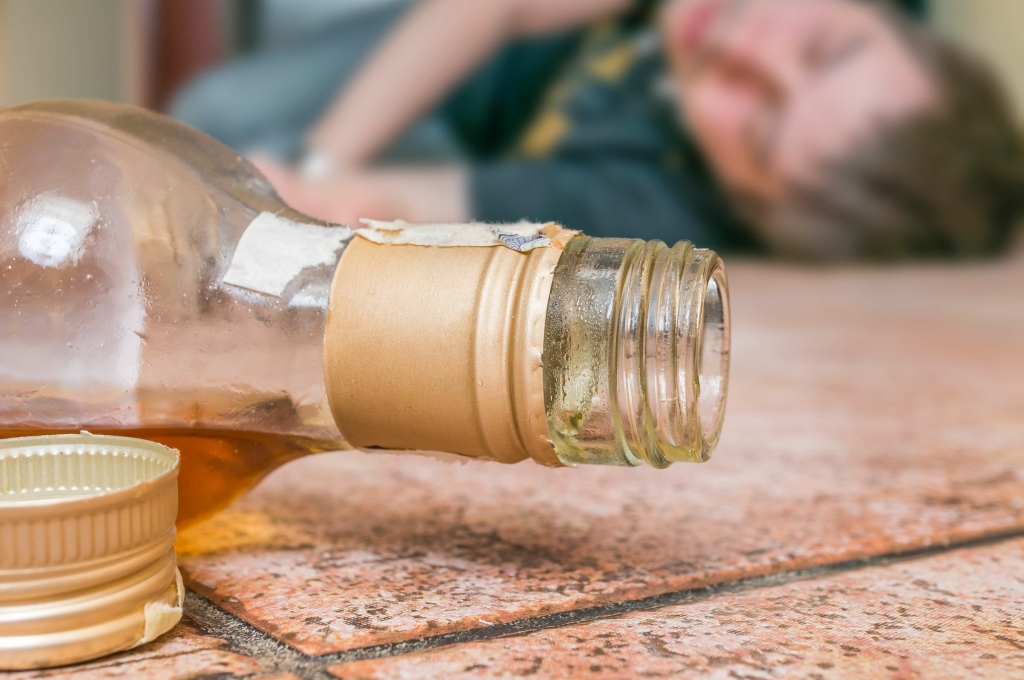That’s because blood begins to clot more easily as you age, although researchers aren’t sure why, Cushman says. According to the National Blood Clot Alliance (NBCA), in the U.S., more than 8 million people currently take them. Our experts blood thinners and alcohol continually monitor the health and wellness space, and we update our articles when new information becomes available. For those who have a problem with alcohol use disorder, there are resources and tools to help reduce alcohol intake.
- Moderate alcohol use is generally safe while taking most blood thinners.
- This increases your risk of bleeding and makes it advisable to avoid mixing alcohol and Pradaxa.
- All four medicines work quickly – within two to four hours.
- The next step is to look at how additional medications or procedures could help this group of people, he said.
- You should be very careful when taking part in activities that could cause any type of injury.
- Wear a medical-alert bracelet, available in some pharmacies and online, or carry a card in your wallet that states the name of your blood thinner, the Cleveland Clinic advises.
Follow these experts as they breakdown how to take blood thinners safely and effectively. Heads up that some of these “don’ts” don’t apply if you’re on one of the newer blood thinners, like Rivaroxaban (Xarelto®) or Apixaban (Eliquis®). https://ecosoberhouse.com/article/alcohol-neuropathy-symptoms-and-treatment/ So, it’s important to check with your healthcare provider to make sure you’re taking the appropriate precautions. Occasional, moderate alcohol use should be safe for most people who are taking blood thinners.
What if I bleed whilst taking an anticoagulant?
Even if you aren’t visibly injured, you could be bleeding internally, especially if you hit your head, the AHRQ notes. And a bruise is a sign that you’re bleeding beneath the skin. Call your doctor or go straight to the emergency room, advises the government-sponsored U.S. But if you eat moderate amounts of green vegetables every day, your doctor can take that into account when determining the dosage you need, she adds. If you think your dose is incorrect, talk to your doctor about adjusting your medication. If you know you’re vulnerable to alcohol misuse, try not to put yourself in an environment that will encourage excessive intake.

Wear a medical-alert bracelet, available in some pharmacies and online, or carry a card in your wallet that states the name of your blood thinner, the Cleveland Clinic advises. In the United States, two to three million people will need to take blood-thinning medications, according to the National Blood Clot Alliance (NBCA), in Rockville, Maryland. “Among women younger than 30, the annual risk is just 1 in 10,000. There’s a sharp increase around age 40 or 45, and by the time you’re in your eighties, your annual risk is 1 out of 100,” says Dr. Cushman. Alcohol should be limited while using Effient, especially among older adults.
Is It Safe to Mix Alcohol and Blood Thinners?
In some cases—if you experience bleeding gums or bruising, for example—you can simply call your doctor. Other times, an immediate trip to the ER or a call to 911 is imperative, says Dr. Alvarado, because some bleeding episodes can be life-threatening. A blood clot is a traumatic event for everyone it affects. Find out how you can best support someone through their recovery. Manage your risk of recurrent deep vein thrombosis with lifestyle changes like losing weight, quitting smoking, and moving more throughout the day.
- Xarelto, also known by its generic name rivaroxaban, is a factor Xa inhibitor.
- Antiplatelet drugs are anticoagulants that work by making platelets less likely to stick to each other in your blood vessels.
- But daily use of aspirin can have serious side effects, including gastrointestinal bleeding.
- You should check with your doctor before mixing Lovenox and alcohol.
You may not have the right amount of medicine in your system. It’s important to take the medication correctly, use extra care with everyday activities, and know when to get help. You may lose bone strength if you take heparin for a long time. Another serious, but less common, side effect of warfarin is necrosis. You should be very careful when taking part in activities that could cause any type of injury.
How Do You Dissolve Blood Clots Naturally?
Taking a blood thinner makes it less likely that you’ll get a clot, but “it’s still smart to get up and move around every hour or two,” Dr. Zimring says. “The main side effect of a blood thinner, not surprisingly, is bleeding,” says Christopher B. Granger, MD, a cardiologist at Duke Health in Durham, North Carolina. Mixing alcohol and Brilinta could lead to increased dizziness. Someone using alcohol while taking Brilinta should speak with their doctor about the risks that are specific to their situation. Green tea also contains some vitamin K, so it’s best to choose another option, like black tea, which doesn’t interact with a blood thinner. As females retain more alcohol in the bloodstream than males, they are at higher risk of developing problems from combining alcohol with medications.

However, like any drug, blood thinners come with side effects, especially if mixed with alcohol. Make sure any doctor who prescribes medication for you knows you’re taking a blood thinner. Talk to your doctor if you’re on blood thinners and thinking about having a baby. If you’re already pregnant, double check with your doctor to make sure the blood thinner you’re on won’t harm the baby. Other medications in this category include Xarelto (rivaroxaban), Savaysa (edoxaban), and Arixtra (fondaparinux).




